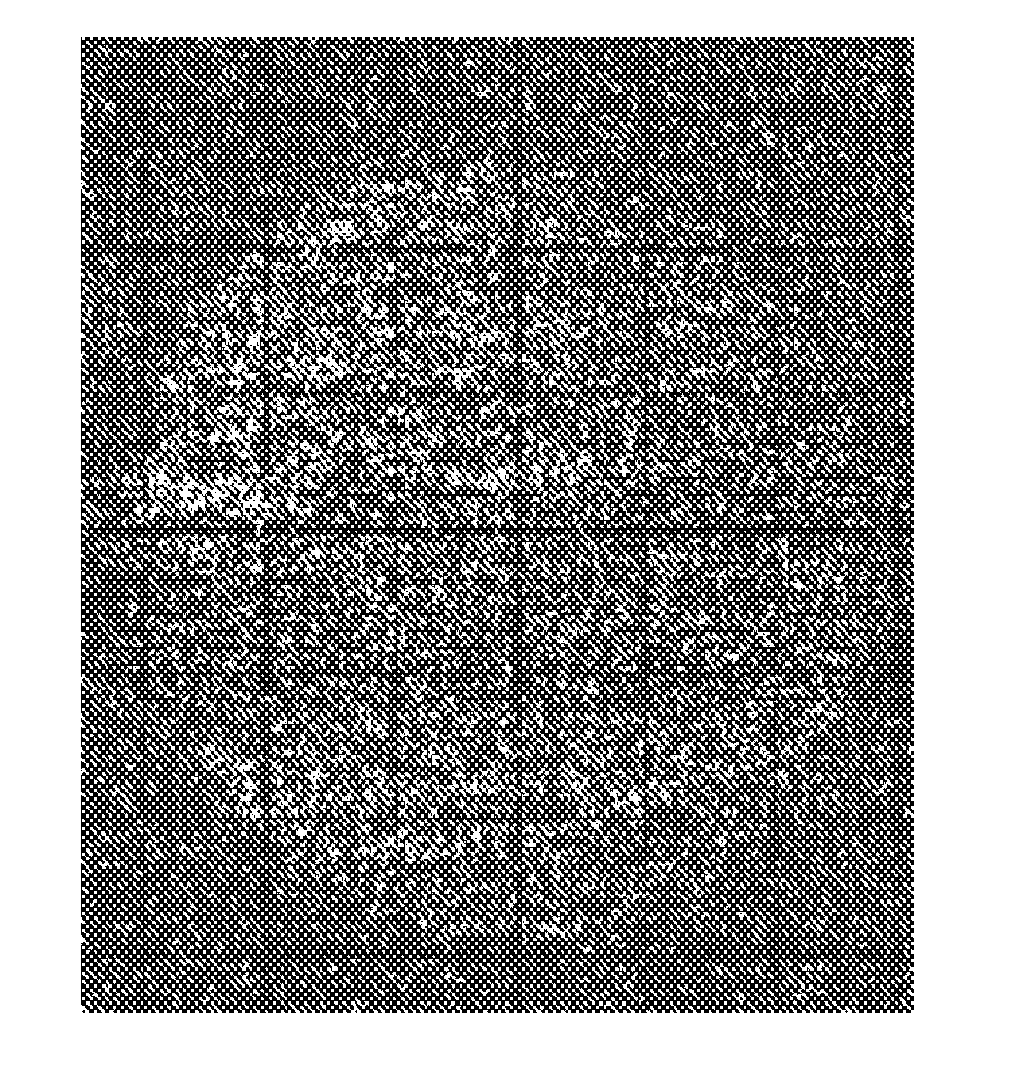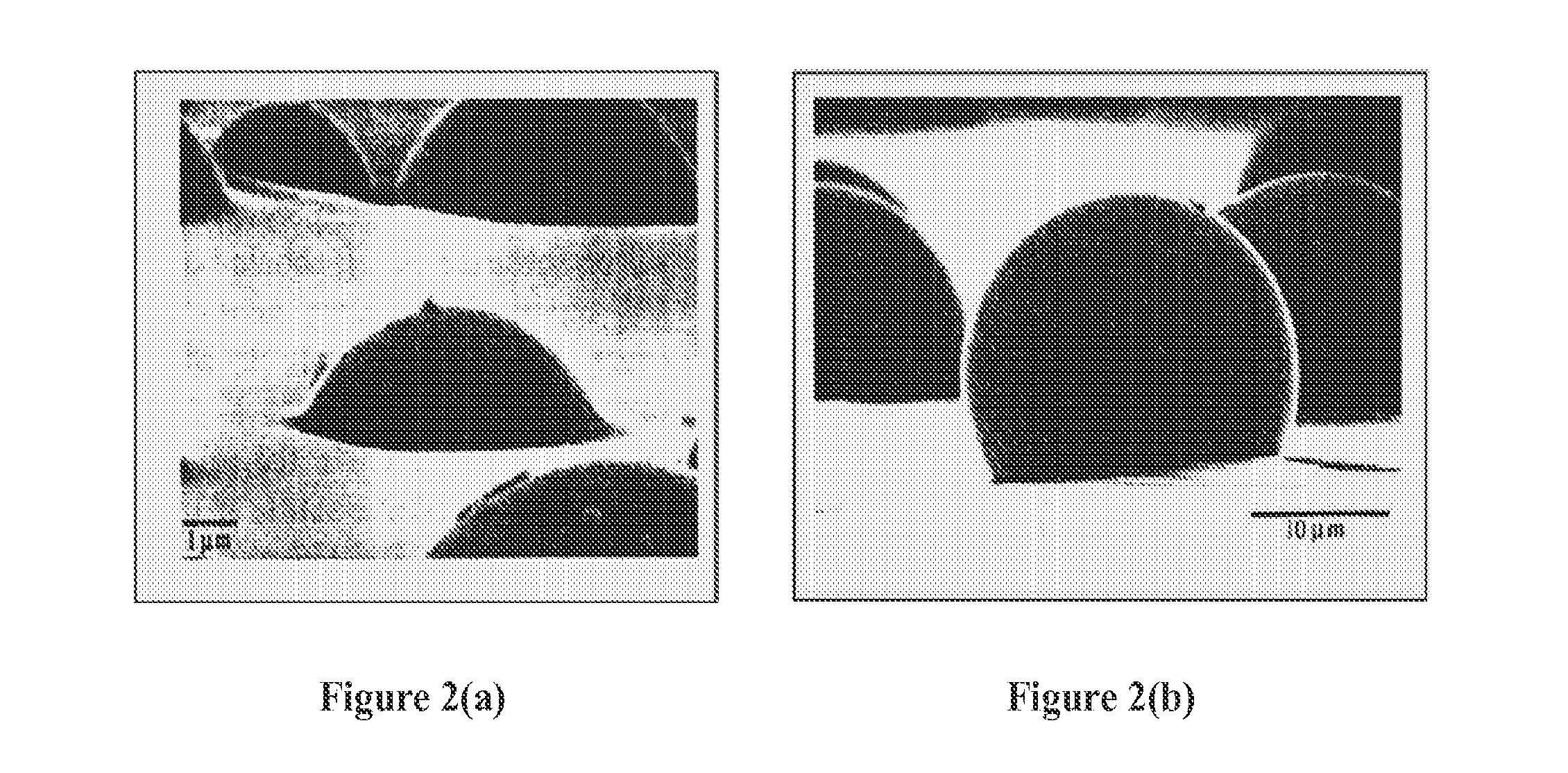Self-Repairing and Self-Sustaining Autonomous Machines
a self-sustaining, machine technology, applied in the direction of mechanical equipment, coatings, lubricant compositions, etc., can solve the problems of not being able to use natural regenerative processes in machine systems, not being able to explore or attempt natural regenerative processes, and not being able to repair sliding contacts in machine elements such as gears, bearings, joints, etc., to ensure the effectiveness of self-repair, prolong the life, and save valuable mineral resources
- Summary
- Abstract
- Description
- Claims
- Application Information
AI Technical Summary
Benefits of technology
Problems solved by technology
Method used
Image
Examples
Embodiment Construction
[0016]In accordance with this invention, machines and machine surfaces can first be analyzed based on usage and contact conditions to determine where wear and damage might occur. Thin-film sensors or other small sensors can be placed in strategic locations on or near the machine and signals can be transmitted through a radio signal transmitter. In some cases, such signals are routed through satellites to a remote control center, such as the GE wind turbines condition monitoring service. Existing monitoring systems can detect malfunctions and damage but cannot do anything to initiate repair. The present invention provides for the dispensing of stored repairing agents into the lubricating oil of a machine and initiates repair when repairing agents enter a damaged contact zone. Since the amount of repairing agent inserted into the lubricating oil is predetermined, excess reaction is minimized.
[0017]According to one embodiment of this invention, nanoparticles coated with an organic mono...
PUM
| Property | Measurement | Unit |
|---|---|---|
| Temperature | aaaaa | aaaaa |
| Force | aaaaa | aaaaa |
| Composition | aaaaa | aaaaa |
Abstract
Description
Claims
Application Information
 Login to View More
Login to View More - R&D Engineer
- R&D Manager
- IP Professional
- Industry Leading Data Capabilities
- Powerful AI technology
- Patent DNA Extraction
Browse by: Latest US Patents, China's latest patents, Technical Efficacy Thesaurus, Application Domain, Technology Topic, Popular Technical Reports.
© 2024 PatSnap. All rights reserved.Legal|Privacy policy|Modern Slavery Act Transparency Statement|Sitemap|About US| Contact US: help@patsnap.com










